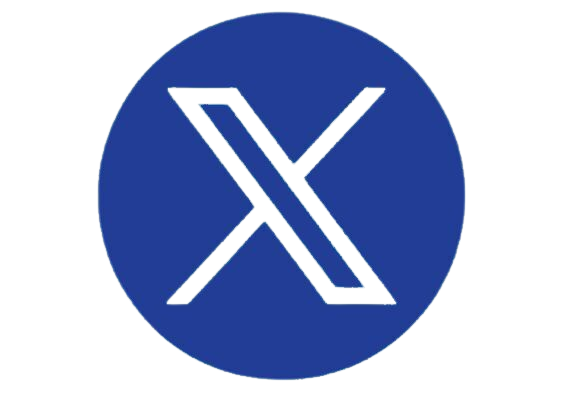Sign up for The Key Point of View, our weekly newsletter of blogs and podcasts!
This week, Kyocera Document Solutions and Quadric announced it has licensed Quadric’s Chimera general-purpose neural processor (GPNPU) IP for its future office automation system-on-chip designs. The decision underscores Kyocera’s commitment to evolving its multifunction devices with scalable, flexible artificial intelligence (AI) capabilities designed to meet current and future document processing demands.
The Chimera platform, which ranges in processing complexity from 1 to 840 trillion operations per second (TOPs), provides Kyocera with the ability to address a broad set of AI use cases—from routine print tasks to more advanced content analysis and enhancement. According to the company, this future-ready architecture will enable support for evolutionary and revolutionary AI algorithms.
Kyocera’s adoption of a GPNPU signals a move toward Stage 2, where AI functionality resides within the device itself—opening the door to self-healing systems, real-time personalization, and smarter document workflows without relying solely on the cloud.
What makes this significant is the potential to bridge the gap between traditional print functionality and emerging digital workflows. AI-enabled systems-on-chips (SoCs) can support tasks such as automated document enhancement, anomaly detection for security, and adaptive UI experiences—key features that businesses increasingly expect in connected workplace technologies.
From a market perspective, this development reflects a broader evolution in the document technology space. Based on our upcoming AI MFP Market Insight report, we see the industry entering a new phase in which AI is becoming more integrated within the devices themselves—not just in cloud-based services or adjacent software. While the range of AI implementation varies by vendor, the direction is increasingly clear: Devices are being built with the intelligence to automate, adapt, and support more advanced workflows.
Kyocera’s adoption of an embedded AI processing platform suggests a longer-term strategy to support on-device capabilities such as document classification, real-time content enhancement, predictive maintenance, and more personalized user experiences. It also hints at the company’s intention to remain competitive as AI becomes a key differentiator in the MFP landscape.
Keypoint Intelligence Opinion
Kyocera’s decision to license an embedded AI processor is more than a technical upgrade. It reflects a recognition that the future of office devices lies in adaptability, automation, and intelligence at the edge. While not every customer is asking for AI by name, expectations around smarter workflows and seamless experiences are rising. Investing in scalable AI infrastructure now gives Kyocera the flexibility to meet those expectations as they evolve—and to compete not just on hardware, but on the intelligence built into it. We expect other vendors in the print space to follow this path, as the ability to embed AI into devices will increasingly influence how product value is measured and how differentiation is achieved.
Stay ahead in the ever-evolving print industry by browsing through our Industry Reports Page for the latest insights. Log in to the InfoCenter to view research and studies through our Workplace CompleteView Advisory Service. Not a subscriber? Contact us for more information.










